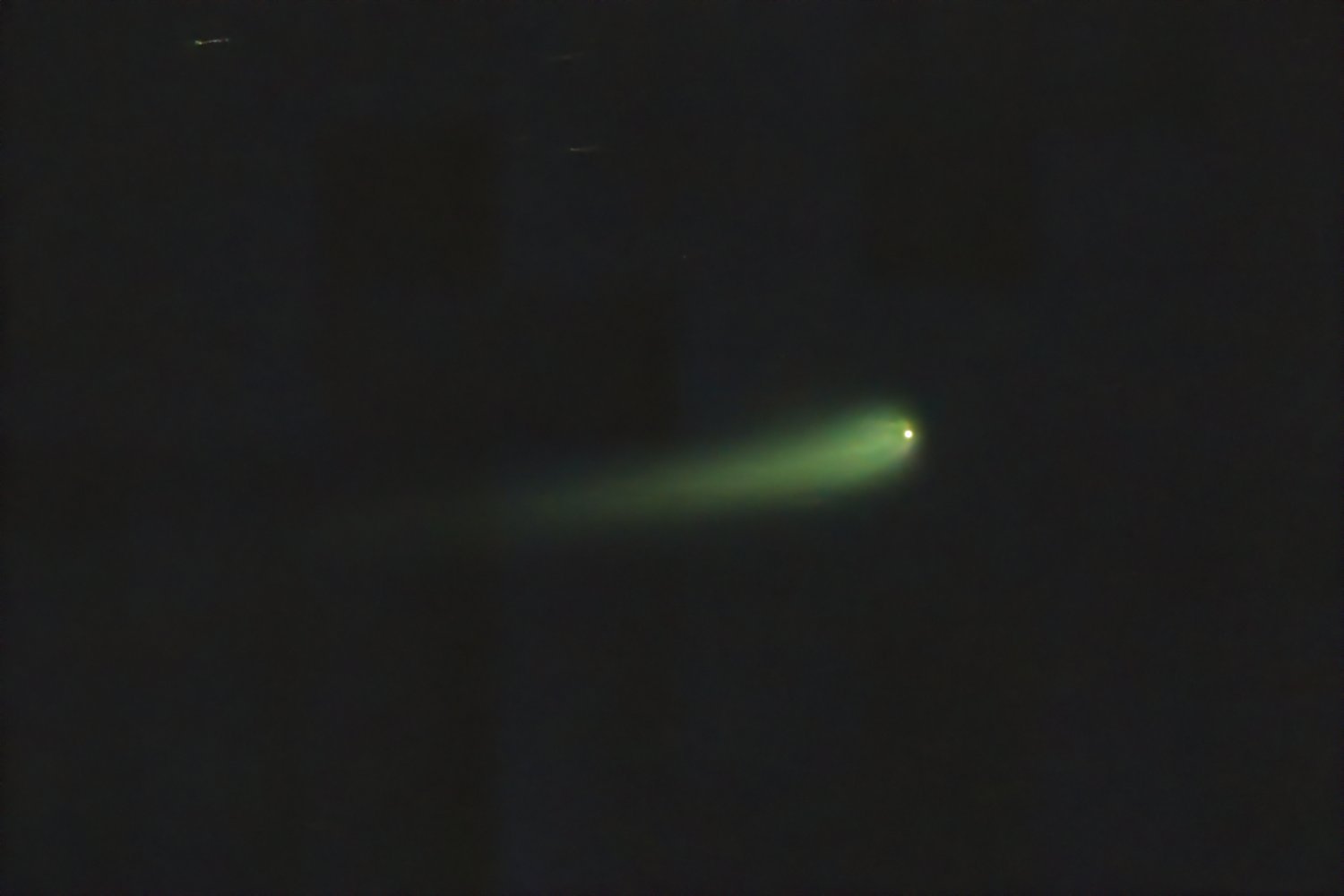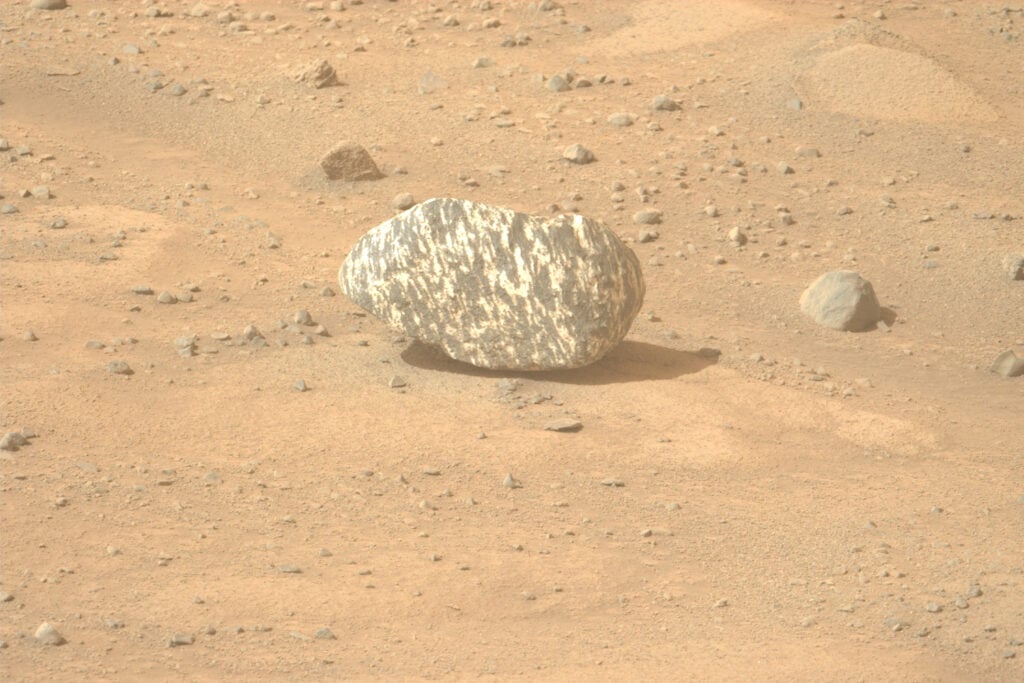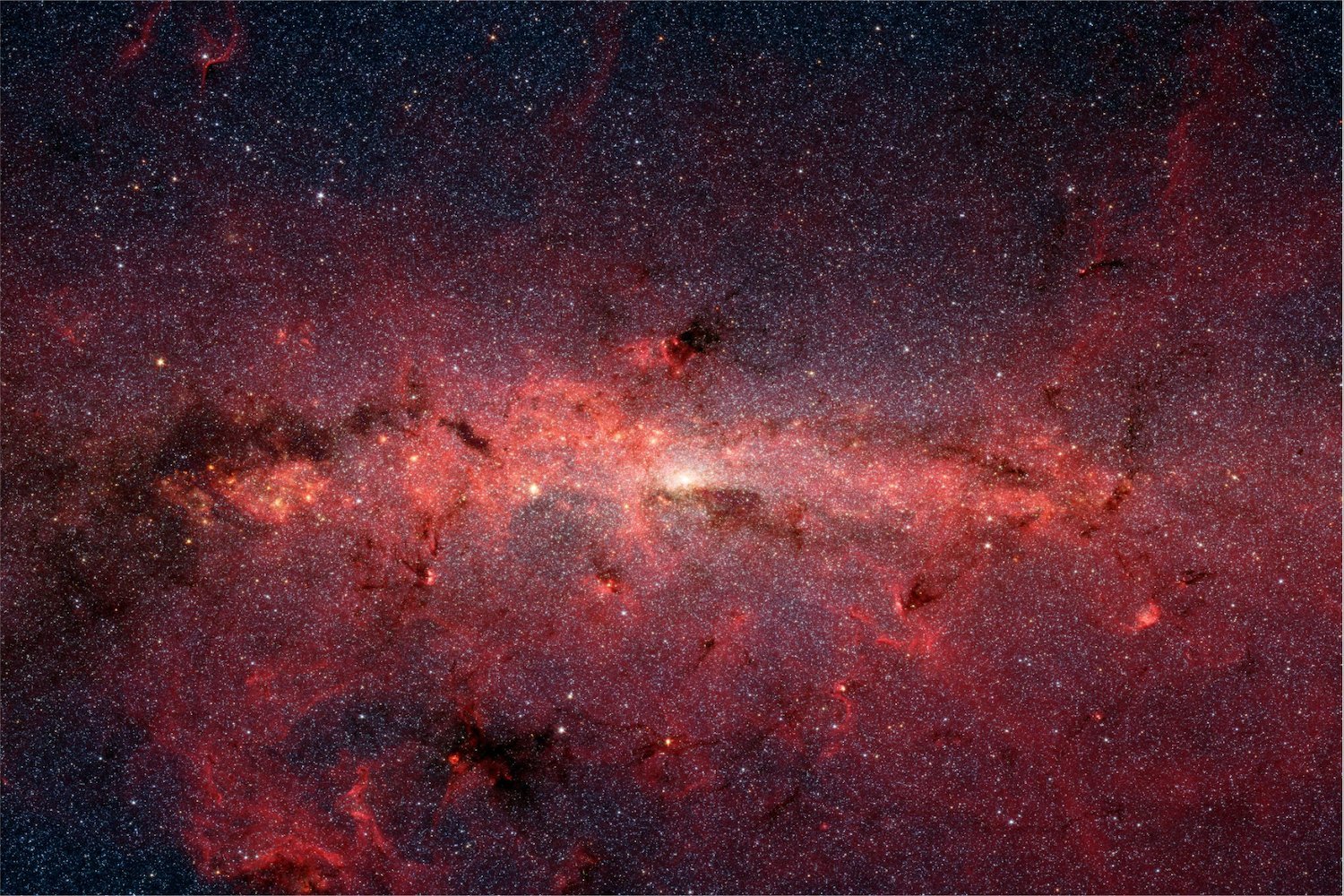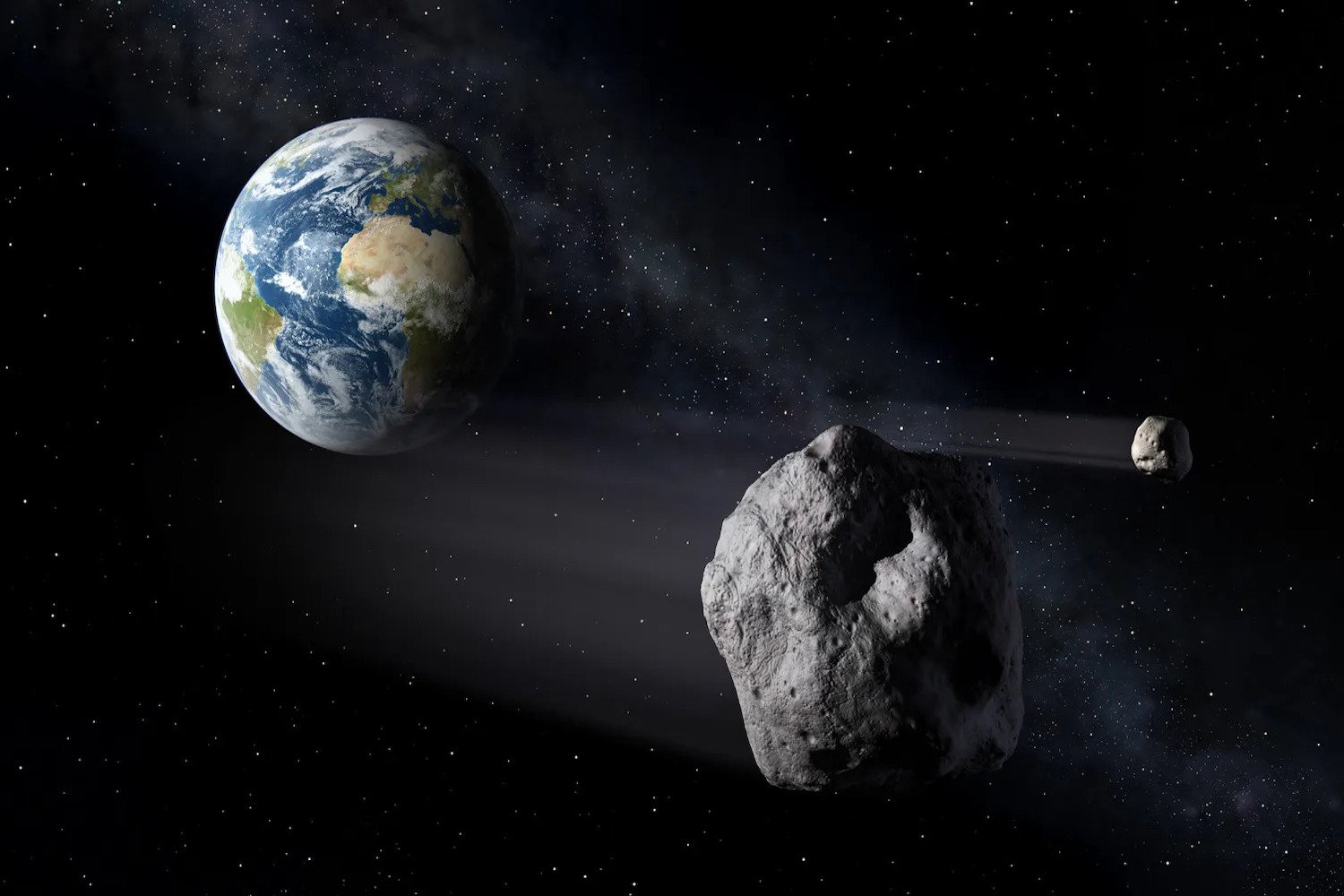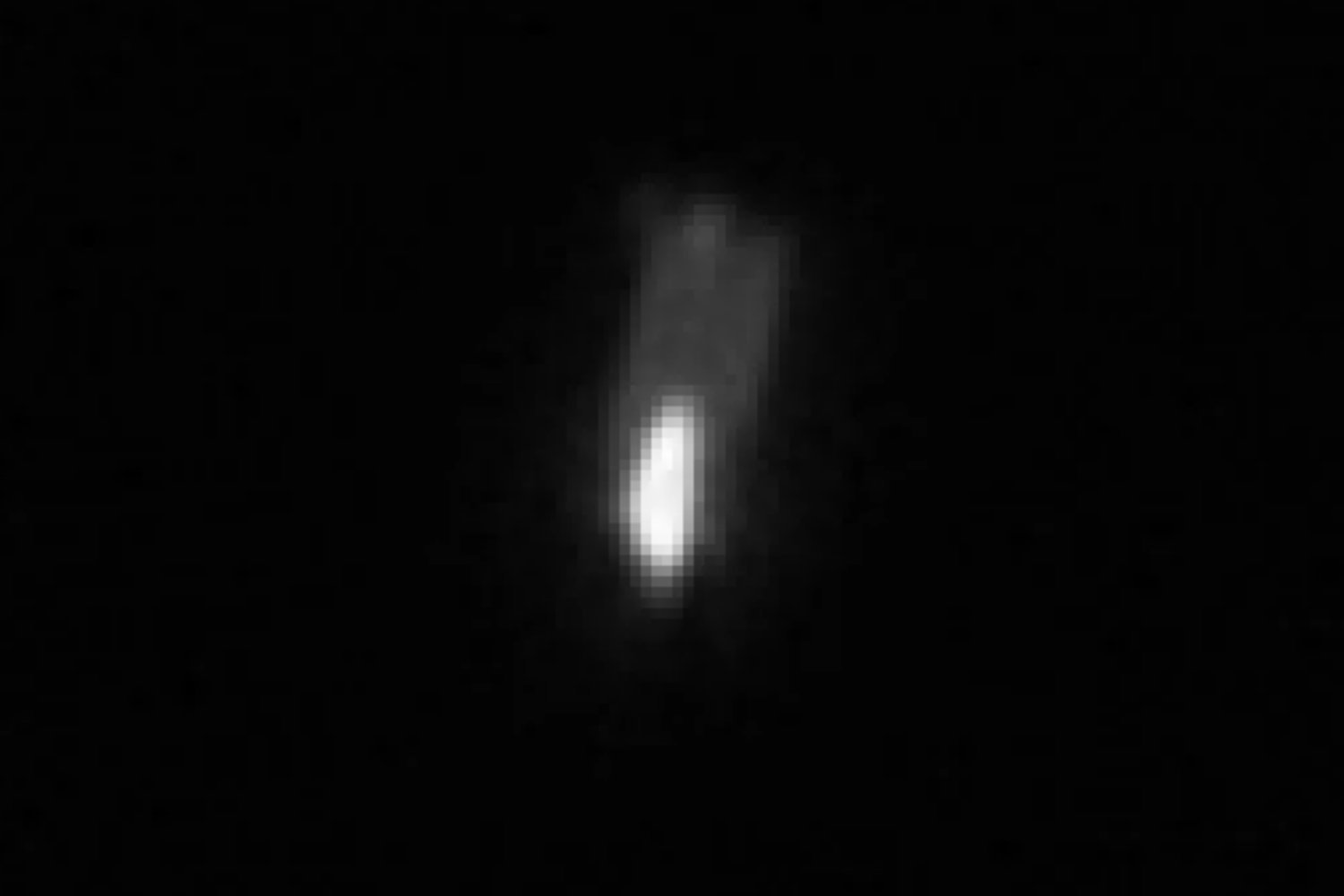Comet C/2023 A3 (Tsuchinshan-Atlas), or Comet A3 for short, has captured the attention of astronomers and stargazers alike. Discovered in January 2023 by China’s Tsuchinshan Observatory and later confirmed by the Asteroid Terrestrial-impact Last Alert System (ATLAS) telescope in South Africa, this comet has the potential to become a dazzling celestial spectacle later this year, possibly rivaling the North Star in brightness. However, its fate hangs in the balance as it hurtles towards the Sun.
Comet A3 is expected to reach its perihelion, its closest approach to the Sun, on September 27, 2024. At this point, it will be less than half Earth’s distance from the Sun, a perilous journey that could drastically alter its appearance. Just a few weeks later, on October 12, 2024, Comet A3 will reach its closest point to Earth, offering a unique viewing opportunity for those on our planet.
Around its perihelion on September 27, Comet A3 is predicted to have a magnitude of around 3.4, potentially bright enough to be seen with the naked eye. As it nears Earth on October 12, its brightness could increase to a magnitude of 1.9, according to some estimates. Other predictions, based on data from the British Astronomical Association, suggest a slightly dimmer magnitude of 2.8. For comparison, the North Star typically has a magnitude between 1.98 and 2.02. Remember, the lower the magnitude number, the brighter the object.
To optimize your viewing experience, seek out dark locations away from city lights. Allow your eyes time to adjust to the darkness. While binoculars or a telescope will provide the best views, even unaided observation can be rewarding. A technique recommended by Celestron involves looking slightly away from the comet’s predicted location, allowing your peripheral vision, which is more sensitive to light, to catch its glow. Comet A3 is expected to appear within the Virgo constellation, easily located with the help of stargazing apps like Sky Guide.
Intriguingly, Comet A3 has displayed some unexpected behavior in its brightness. Observations by amateur astronomers participating in the SETI Institute’s Unistellar Network showed an unexpected dimming of the comet in April and May 2024, even as it moved closer to the Sun. This anomaly may be attributed to the comet’s angle relative to the Sun and Earth, affecting the amount of sunlight reflected towards our planet.
However, a more concerning possibility exists. Comets are composed of dust and ice, and as Comet A3 approaches the Sun, it could be gradually disintegrating. Given its close proximity to the Sun, even closer than Mercury’s orbit, this scenario is plausible. If this is the case, A3 might lose its icy envelope, which vaporizes into gas and creates the characteristic bright coma, before it reaches its closest approach to Earth.
This upcoming close encounter with Comet A3 offers a rare opportunity for observation, as it won’t return to our neighborhood for approximately 80,000 years. While its ultimate fate remains uncertain, the potential for a spectacular celestial display makes it a must-see event for astronomy enthusiasts.



